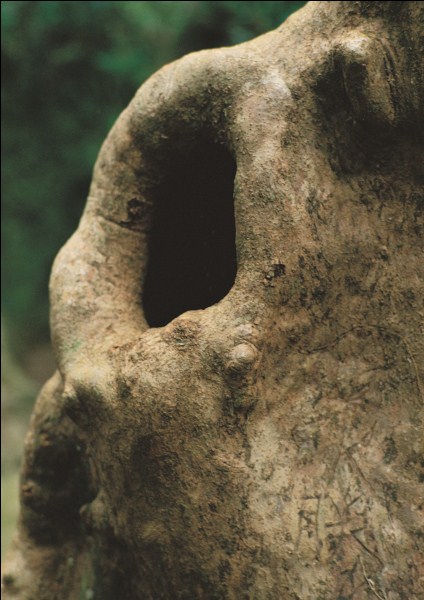Dear All,
I hope this message finds you well, just in case you were wondering why the last few emails have not had a note from me at the top, I have been busy planning new classes and courses for the beginning of September. In particular I am in the process of starting an organization that I am calling “Integral Meditation Asia” which I am quite excited about. The new organization and class schedule should be in place for the beginning of August, so I shall be including more content besides the articles from that time!
Yours in the spirit of the journey,
Toby
 Avoiding the Lose-Lose Perspective Trap
Avoiding the Lose-Lose Perspective Trap
One of the major definitions of meditation that I work with in classes and with clients is that it is a mind that is able to remain focused on a positive object for extended periods. In formal sitting meditation this may involve focusing on a single positive thought, image or feeling without distraction. However, back in the push ad pull of our daily life remaining focused on a positive object means constantly paying attention to the thoughts that we are having about what is happening to us, and mentally framing the situation we are faced with in an optimal way, optimal meaning a way which will give rise to the greatest amount of happiness available.
One of the ways in which we can get “fooled” into thinking in a negative way by our ego is when we are presented with a choice or dilemma. Instead of thinking about the potential good that might come from both choices, we start thinking about the downside of both options until it seems like whichever one we choose (or is chosen for us), we are going to “lose out”.
Here is a simple example that happened for me over the Wimbledon weekend:
Andy Murray and Roger Federer were in the final. As a Brit of course I wanted Any Murray to win (there has not been a British winner since 1936!), but as a kind of fan of Federer I would have liked him to win and equal the record number of Wimbledon titles won by a male competitor. Watching my mind mull this over I could see it starting to feel painful whatever the result;
– If Federer won I would be disappointed because Murray lost, and there was no domestic champion (again!)
– If Murray won I would feel disappointed because one of my favorite players had lost.
With this approach, whatever the result I was going to suffer, it had become a lose-lose situation!
I was smiling a bit about this, because it was really a classic negative maneuver by the conventional ego, a move that it is often unconsciously seeking to make all the time. With a little bit of thought I mentally re-framed the match something like this:
‘If Murray wins, that is great because Britain finally has a domestic champion, which would be fun for a change! But if Federer wins that is great too, because one of my favorite players will have won and extended his own records, which is something to feel appreciative of!’
With this attitude firmly and mindfully in mind, I was then able to sit back and watch the match unfold, enjoying the quality of tennis.
It’s a simple and slightly funny example, but I think it is a useful illustration of the kind of daily mental “spadework” that we need to be doing each day in order to dig our mind out of lose-lose and other negative perspectives, and keep consciously choosing an approach that is going to reward us with enjoyment an appreciation of ANY situation that we are in.
With this in mind, you might like to ask yourself the questions: “What are the situations in my daily life where I most often get caught in a lose-lose mentality? What would be an appropriate win-win perspective that I could mindfully adopt in such situations and thereby increase my daily happiness?”
A final point here, sometimes the situations where we seem bound to lose out the most can actually in the longer term be very fortuitous, as I read the Dalai Lama say this week “Remember that not getting what you want is sometimes a wonderful stroke of luck!” So, even if we seem to be stuck in a bona-fide, ‘written in concrete’ lose-lose situation, it is always worthwhile keeping at least a part of our mind open to possibilities!
© Toby Ouvry 2012, you are welcome to use or share this article, but please cite Tobyas the source and include reference to his website www.tobyouvry.com




 Article of the Week:
Article of the Week:
 Meditation Workshop: An Introduction to Meditation From the Perspective of Tibetan Buddhism
Meditation Workshop: An Introduction to Meditation From the Perspective of Tibetan Buddhism
 Article of the Week:
Article of the Week: